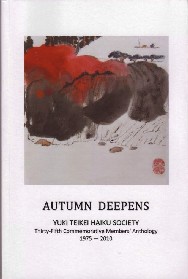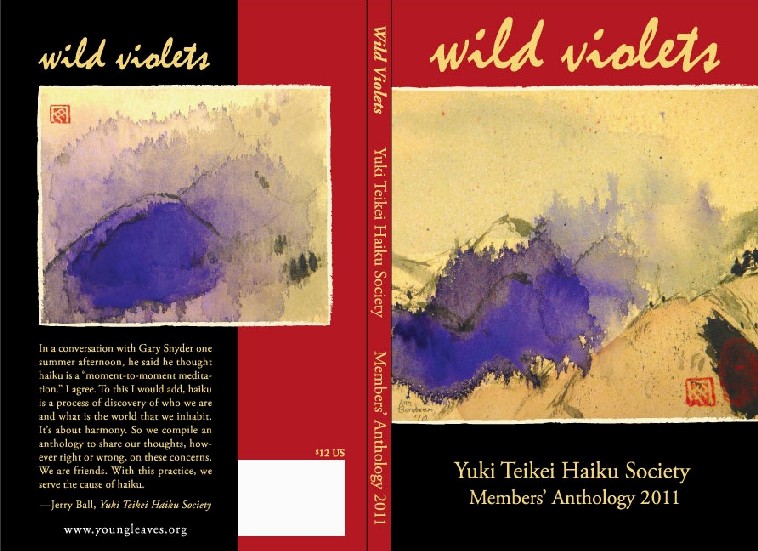 Yuki Teikei Haiku Society:
Yuki Teikei Haiku Society:
 Join.
Join.
 GEPPO magazine.
GEPPO magazine.
 Annual anthologies.
Annual anthologies.
The Yuki Teikei Haiku Society Retreats at Asilomar:
 2007.
2007.
 2008
(a haibun).
2008
(a haibun).
 2010.
2010.
 Toward an Aesthetic for English-Language Haiku by Lee Gurga.
Toward an Aesthetic for English-Language Haiku by Lee Gurga.
 2004 Pescadero Haiku Weekend Workshop (including exercises) with Christopher Herold.
2004 Pescadero Haiku Weekend Workshop (including exercises) with Christopher Herold.
 Published haiku by J. Zimmerman.
Published haiku by J. Zimmerman.
 Bashō.
Bashō.
 Buson.
Buson.
 Index of Poetry.
Index of Poetry.
 Highlights for Poetry.
Highlights for Poetry.
 Books of Poetry Form.
Books of Poetry Form.
 How to Write Poetry.
How to Write Poetry.
 Haibun.
Haibun.
 Haiku.
Haiku.
 Hay(na)ku.
Hay(na)ku.
 Rengay.
Rengay.
 Tanka.
Tanka.
 Concrete.
Concrete.
 Ghazal.
Ghazal.
 Lai.
Lai.
 Pantoum.
Pantoum.
 Rondeau.
Rondeau.
 Rubáiyát.
Rubáiyát.
 Sestina.
Sestina.
 Skaldic verse.
Skaldic verse.
 Sonnet.
Sonnet.
 Terza rima.
Terza rima.
 Triolet.
Triolet.
 Tritina.
Tritina.
 Villanelle.
Villanelle.

|
The Essential Haiku: Versions of Basho, Buson, and Issa
edited by Robert Hass. |

|

 Reflections of an Old Pine Tree (2010), a book of
Reflections of an Old Pine Tree (2010), a book of
